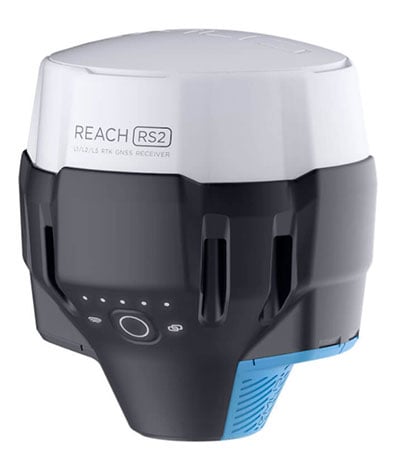- 3 replies
- 5,242 views
- Add Reply
- 1 reply
- 1,248 views
- Add Reply
- 3 replies
- 3,442 views
- Add Reply
- 0 replies
- 1,435 views
- Add Reply
- 0 replies
- 2,492 views
- Add Reply
Convert CRS from ESRI:102673 to EPSG:4326
By Zach,
Hi readers,
I have a dataset of ~60,000,000 rows of lidar point data. All spatial reference points are projected using ESRI:102673 (full WKT here: https://epsg.io/102673). I need to convert this to latitude and longitude, EPSG:4326, so that I can overlay other layers and have them match up in the same spacial reference. I am using Python, so any transformation I can do using numpy or pandas will work, or any other free software that gets the job done would be great.
This tool (https://
Field calculation ?
By adamekcerv,
Hi, I have two layers of polygons (gaps in the city) with unique IDs and smaller "lots". These gaps are dissolved from these smaller "lots" polygons (in some cases one lot is equal to one gap). These smaller polygons have the same ID (all ID1 lots - creates one ID1 gap). I have three types of these smaller lots polygons, let's say a, b, c. How to calculate the percentage share (or spatial share ha) of these individual (a,b,c) types of lots in the gap ? Ex: ID1 gap: 30% - type a 50% - type b 20
Add Feature Point by Coordinate (Long,Lat) in QGIS From Postgis Layer
By Reyalino,
Basically, I want to add a feature point by a coordinate in QGIS where the feature itself is loaded from Postgres database. I know there is a plugin called LatLon Tools which provides the tool but sadly it cannot be done when the layer is loaded from Postgres database. anyone knows how to do it?
Emlid launches Reach RS2 multi-band RTK receiver

By Lurker,


Emlid has debuted the Reach RS2, a fully-featured multi-band RTK receiver. All of its features are available out of the box, along with a survey app for iOS and Android.
The Reach RS2 tracks L1/L2 bands on GPS, GLONASS and BeiDou, and L1/L5 on Galileo, and acquires a fixed solution in seconds. It achieves centimeter-level precision for surveying, mapping and navigation and maintains robust performance even in challenging conditions. Centimeter accuracy can be achieved on distances up to 60
Mapping Carbon Dioxide Emissions from Soil Respiration

By Lurker,


Until recently, there have been no clear assessment of how much CO2 and the role that soils contribute in emissions relative to other greenhouse gases. Now a global scale map using statistical models and satellite imagery, along with other work by scientists, is beginning to indicate how much land use and soil change can affect our planet’s climate.
In a recent study, a series of machine learning models using multiple nonlinear regression (MNLR), random forest regression (RFR), support ve
-
Forum Statistics
8.8k
Total Topics43.5k
Total Posts



